Turtuk (Ladakh) – Life at the Roof of Baltistan
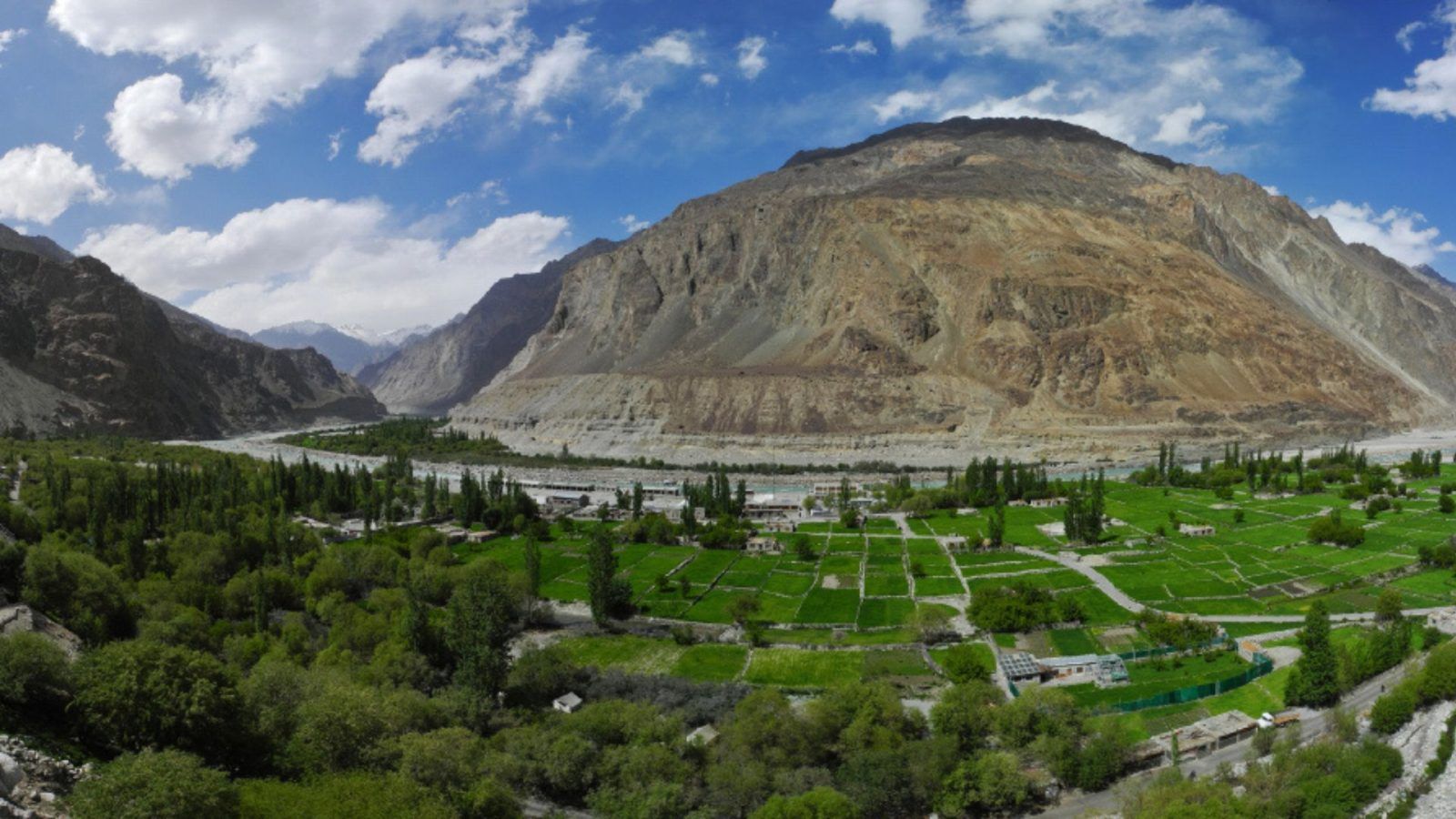
-
Geography & Architecture: Positioned at ~3,000 m in the lush Nubra/Shyok Valley, framed by the Karakoram Massif. Traditional Balti homes feature flat roofs, thick stone walls, latticed wooden windows (“jalis”), and internal courtyards—built to withstand mountain cold and provide communal spaces Wikipedia+12Travelling Folks+12Capture A Trip+12.
-
Culture & Cuisine: Turtuk is the only Indian village retaining Balti language (a Persian-Tibetan dialect) & customs. It’s famed for dishes like thukpa, momos, barley pancakes & apricot-based dishes; locals drink butter tea and apricot-oil–cooked meals Capture A Trip+3TurTuk’d+3Travelling Folks+3.
-
Activities:
-
Apricot orchard immersion: July harvests feature Halman and Rakhaikarpo varieties; the Indian Army supports local canning efforts, empowering women via cooperatives India Today.
-
Trekking: To Turtuk Gompa, waterfall viewpoints, and Shyok Valley ridges with K2 glimpses Condé Nast Traveler+4Wildfloc+4charzanholidays.com+4.
-
Heritage tours: Visit Yabgo Royal House & Balti Heritage Museum, walk across wooden cantilever bridges and cold-storage cellars Travelling Folks+5Wildfloc+5eKashmir Tourism+5.
-
Polo & stargazing: Traditional polo on cramped village fields, plus serene Shyok‑side camping under Himalayan skies Cliffhangers India.
-
-
Highlights: Pre-2010 isolation preserved authenticity; farm-to-table stays, honey & walnut products, handcrafted wool blankets from homestays Wildfloc+7TurTuk’d+7Discover with Dheeraj+7.
-
Best time to show up: Late June to August—for apricots, festivals, warm valley climate, trekking & river enjoyment Wikipedia+8Wildfloc+8Travelling Folks+8.
🌱 Khonoma (Nagaland) – India’s First “Green Village”
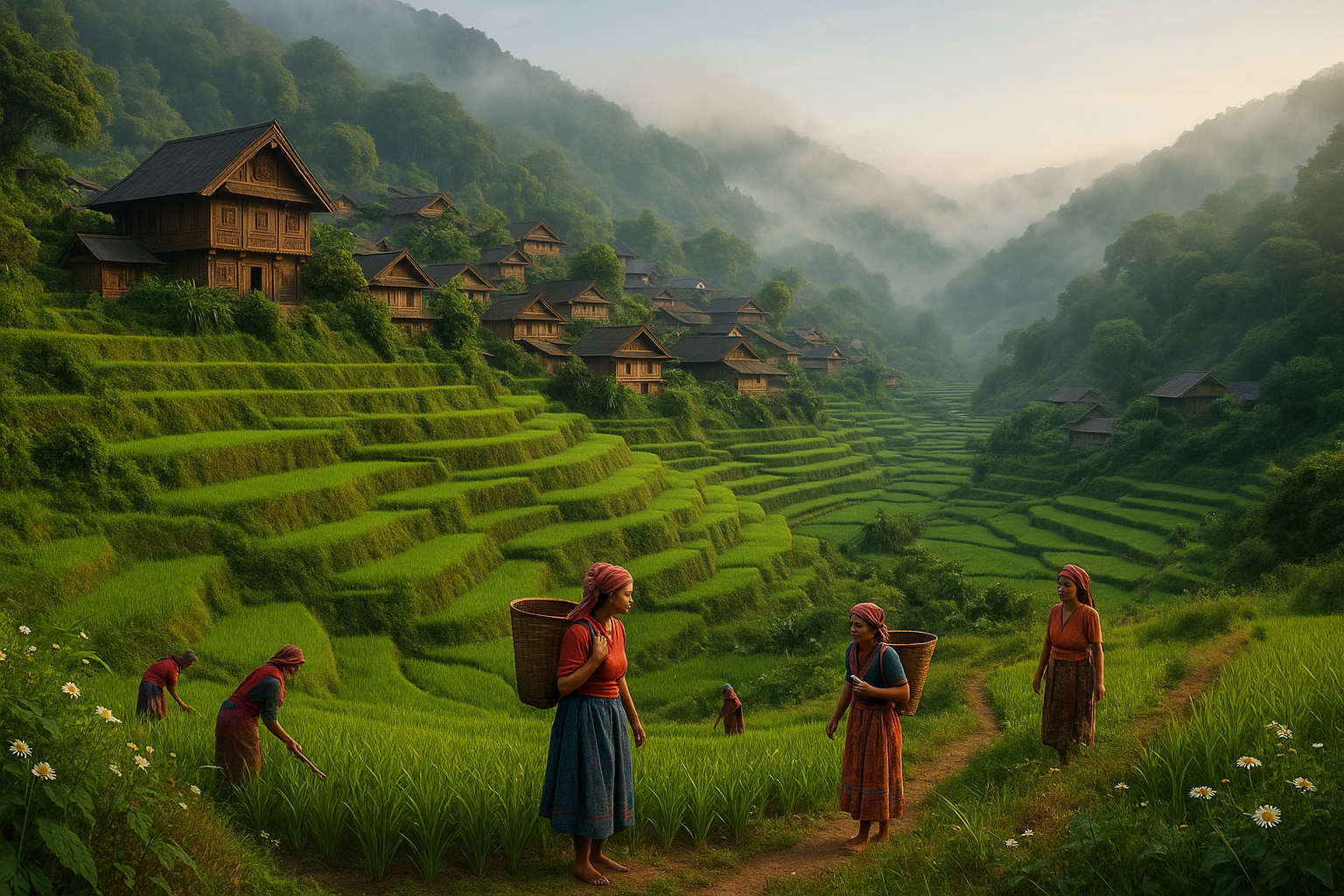
-
Eco‑History & Conservation: In 1998, the Angami tribal council banned hunting across 20 km², forming Khonoma Nature Conservation & Tragopan Sanctuary—now an expanding 123 km² reserve protecting clouded leopards, hoolock gibbons, and 300+ bird species MAGIK INDIA+2Wikipedia+2Wikipedia+2.
-
Culture & Crafts: The Angami villagers are known for bamboo and cane weaving, terraced farming, and traditional fermented rice beer (“zutho”)—integral to village life and hospitality MAGIK INDIA+1Travelling Folks+1.
-
Sekrenyi Festival (Feb 25): A ten-day purification festival marking the Angami New Year. Involves ritual bathing, communal singing (Thekra Hie), dances, feasting, games, trekking, handicraft fairs, and photography contests Wikipedia+2tourism.nagaland.gov.in+2MAGIK INDIA+2.
-
Activities:
-
Guided walks: Explore cobbled lanes, youth morungs, terraced fields, conserved forests, and wildlife sanctuary trails.
-
Craft demos: Watch or learn bamboo basket-making, shawl weaving, and rice beer brewing firsthand .
-
Birding & wildlife spotting: Sanctuary home to endangered birds (Blyth’s Tragopan) and mammals; excellent for nature photography and ecology immersion Wikipedia+1Wikipedia+1.
-
-
Atmosphere: A self-sustained community with no need for locks—rooted in trust and stewardship. The village is vibrant during festivals and tranquil during routine farming seasons.
-
Best time to visit: February for Sekrenyi, or Sept–Nov for greenery, wildlife sightings, and homestay comfort.
⛰ Kalap (Uttarakhand)
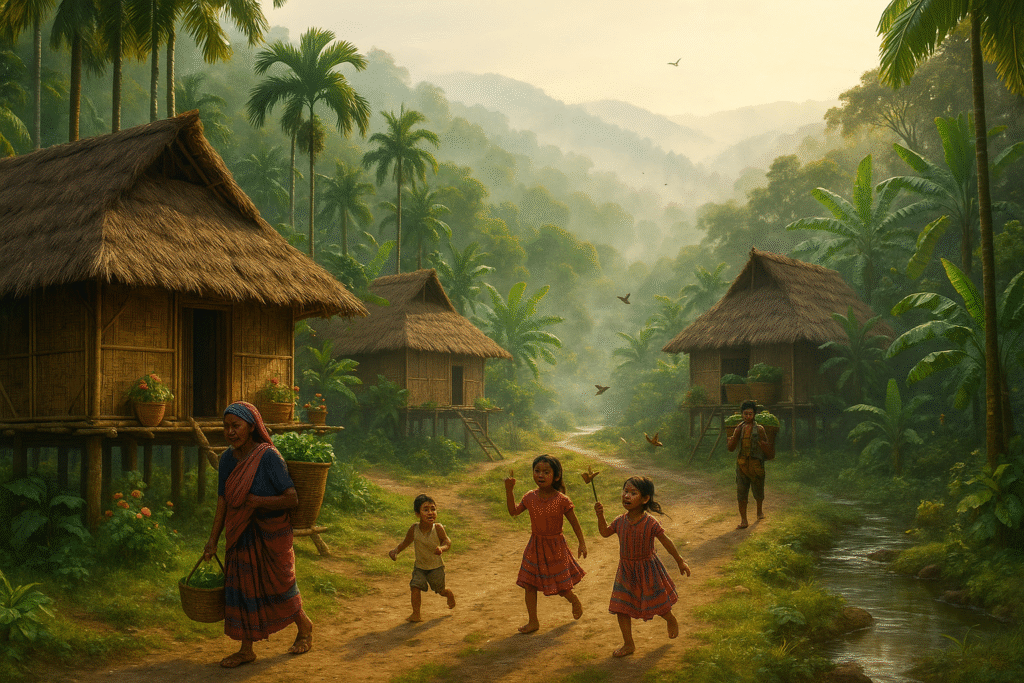
Charm & Atmosphere:
A secluded Himalayan hamlet hidden deep within the Tons Valley. Accessible only by a rugged 10‑hour trek, Kalap teems with authentic Garhwali life—terraced farms, cozy alpine huts, and folklore-rich evenings by firelight.
Activities:
-
Multi-day treks through dense pine and rhododendron forests.
-
Join villagers in morning chores: milking, crafts, farming.
-
Picnic by clear mountain streams and camp beneath star-filled skies.
Highlights:
Remote and mythic Tons Valley, simplistic wooden architecture, off-grid living, and peaceful Himalayan vistas. Perfect for cultural immersion and back-to-nature escapes.
🌿 Sasatgre (Meghalaya)
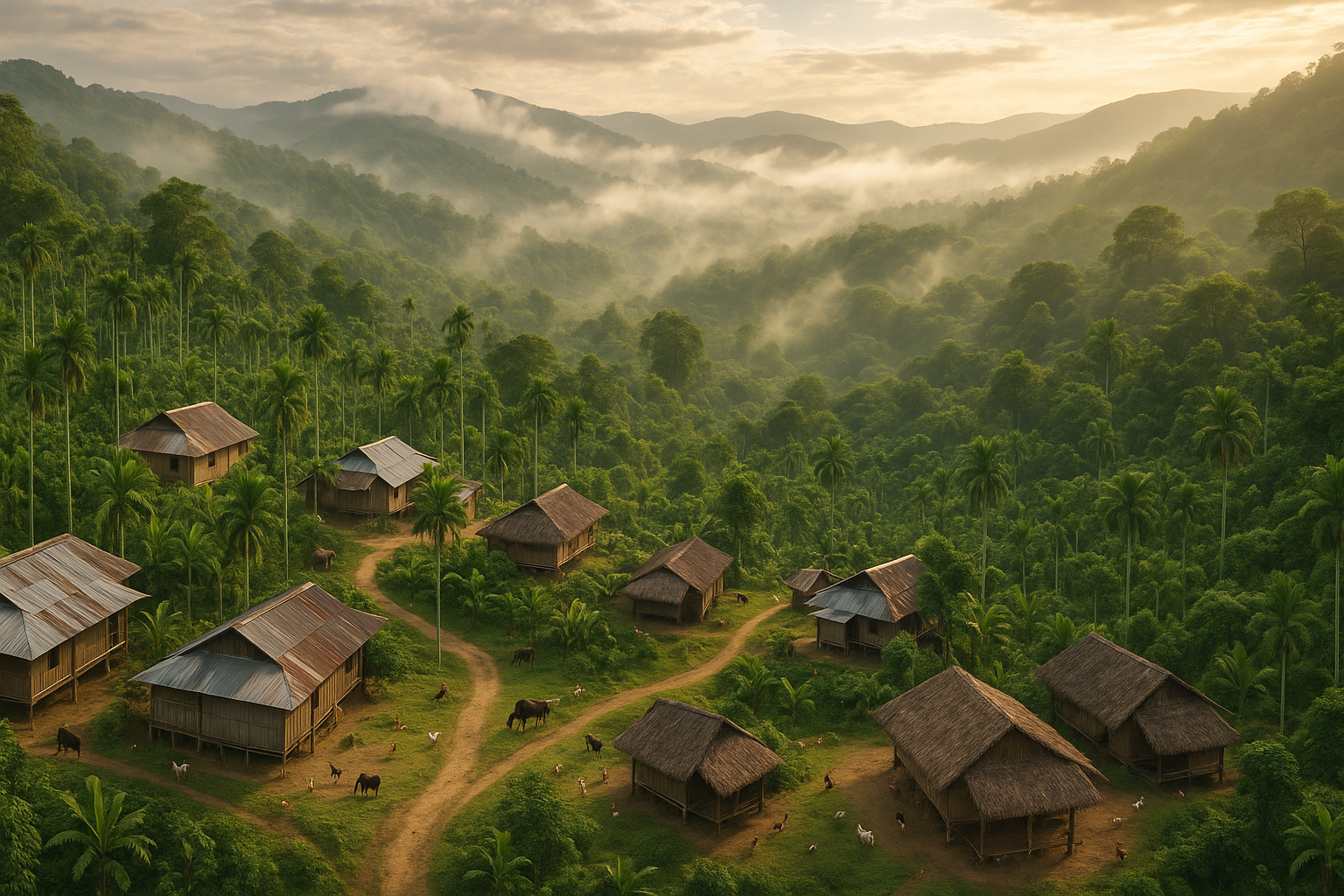
Charm & Atmosphere:
This Garo-tribal village sits at ~900 m on the edge of the Nokrek Biosphere Reserve. Known for sustainable living, Sasatgre features bamboo “Nokmong” homes and an award-winning Responsible Tourism model.
Activities:
-
Stay in eco-friendly bamboo lodges.
-
Trek 7 km to Daribokgre entrance into dense forests.
-
Birdwatching, bee-keeping, and cooking homestays led by local families.
Highlights:
Traditional bamboo architecture, lush biodiversity, homestay-led agrarian life, and cultural insights shared by pioneer Dharmen Momin.
🛕 Anegundi (Karnataka)
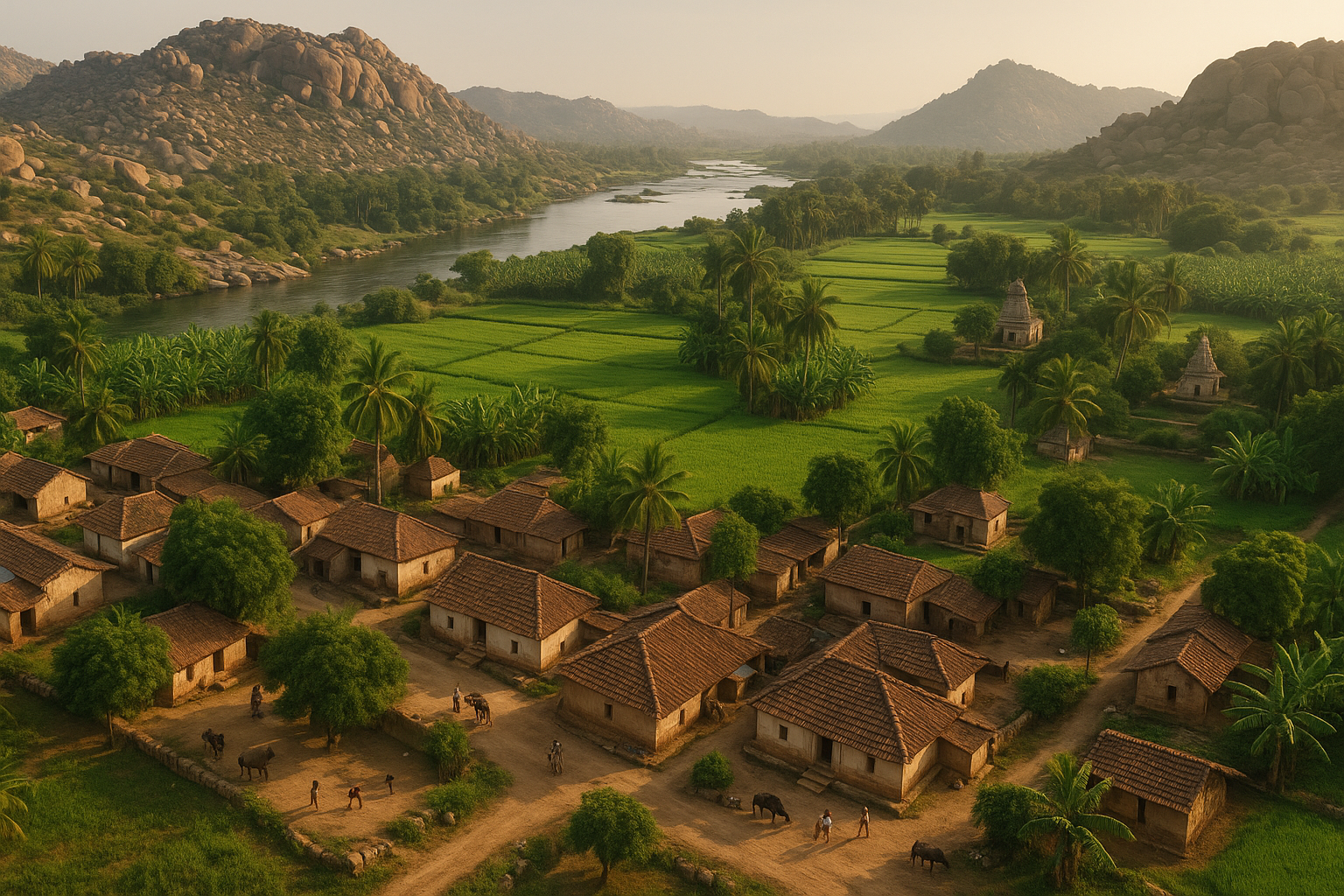
Charm & Atmosphere:
A timeless agrarian village on the Tungabhadra’s north bank, older than Hampi itself. It echoes ancient lore as Kishkindha from the Ramayana and preserves a living cultural heritage alongside prehistoric artistry Karnataka+8Karnataka Tourism+8Wikipedia+8.
Activities:
-
Climb Anjanadri Hill’s 570 steps to Hanuman’s birthplace temple.
-
Explore Pampa Sarovar, Gagan Mahal, Ranganatha Temple, ancient cave art at Onake Kindi, and Nava Brindavana island shrine Wikipedia+10Karnataka Tourism+10Hampi Tourism+10.
-
Boat across the Tungabhadra in traditional coracles.
-
Participate in workshops run by Kishkinda Trust, focusing on banana-fiber crafts made by local women The News Minute+11The News Minute+11Muddie Trails+11.
Leave a Reply